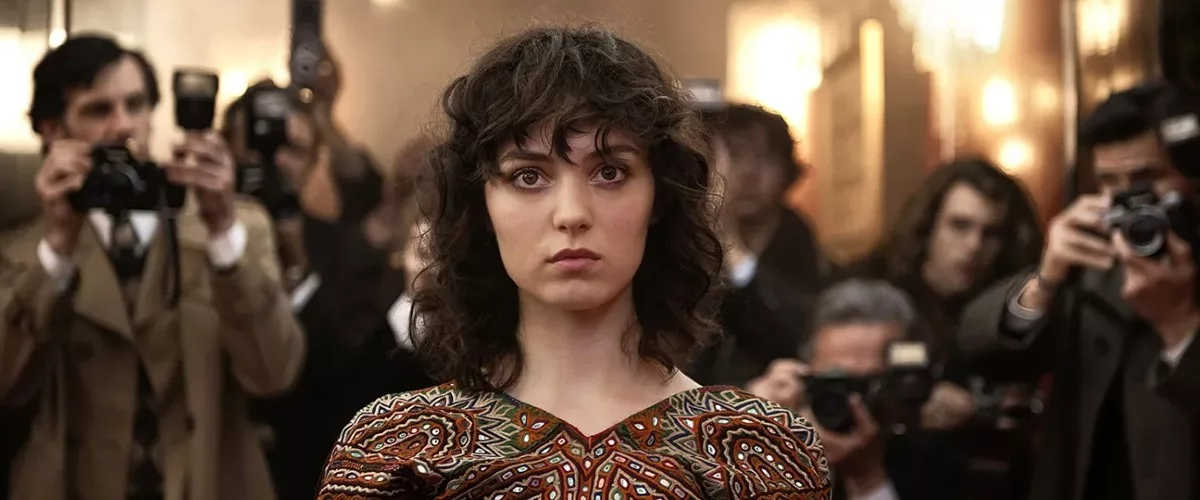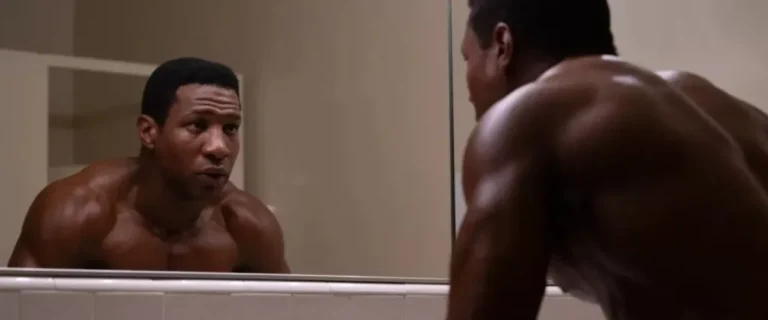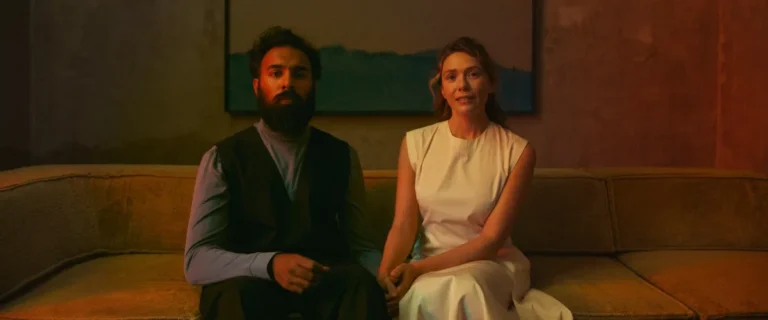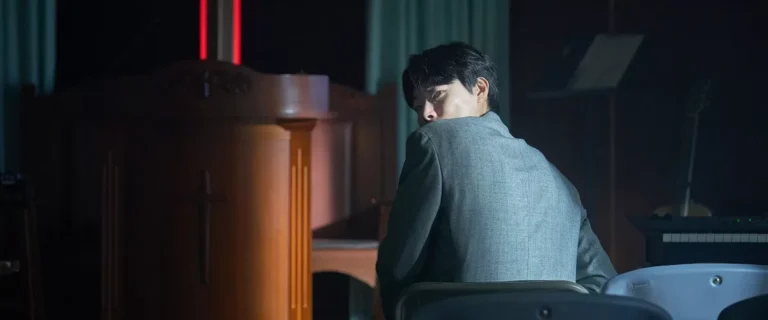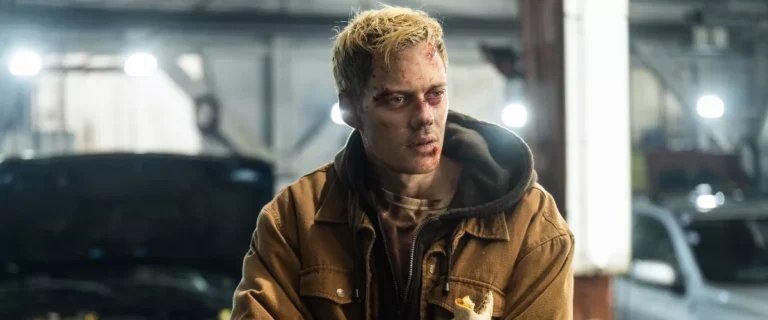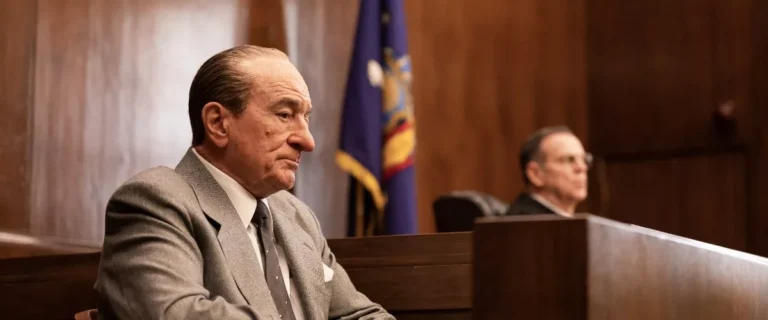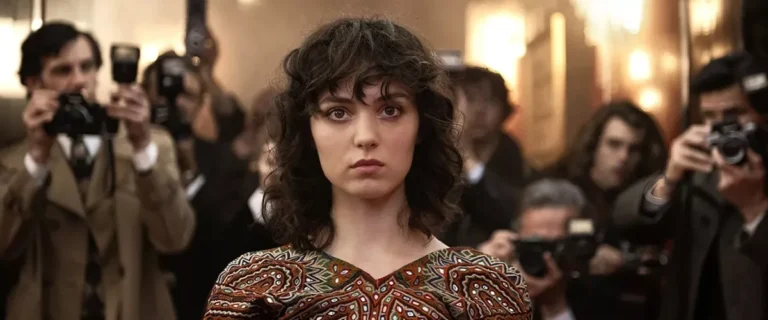Being Maria
In “Being Maria,” teenage Maria Schneider (Anamaria Vartolomei) is first seen sitting on a movie set, watching her actor father, Daniel Gélin (Yvon Attal), at work, her face lit up with pride and curiosity. At home, her mother (Marie Gillain) gives her a hard time for wanting a relationship with the man who abandoned them. Schneider is still in school but drawn to her father’s world. After being kicked out of the house, Maria finds refuge with her uncle (Jonathan Couzinié), a kindly man with a wife and a couple of kids. One of those kids would grow up to write a book in 2018 called My Cousin Maria Schneider: A Memoir. “Being Maria,” directed by Jessica Palud, is based on Vanessa Schneider’s book, and it centralizes Maria Schneider’s experience of appearing in Bernardo Bertolucci’s 1972 “Last Tango in Paris,” the controversy of that film and the shameful treatment of her, in particular.
Maria Schneider’s story is a tragic and often infuriating one, and “Being Maria” captures the complexity of the situation. It is not hard to understand why the teenage actress would be dazzled by Bernardo Bertolucci (Giuseppe Maggio), the Italian director who casts her without a screen test or audition, to play opposite Marlon Brando in his upcoming film. Any actress would be thrilled at such an opportunity. Marlon Brando wasn’t just a famous actor. He was one of the most famous actors of the 20th century. In a stroke of smart casting, Matt Dillon plays Brando, with a kind of abstracted troubled sensitivity.
I wonder how “Being Maria” will hit those who don’t already know the story of “Last Tango in Paris”. I was 19 when I first saw the film, Maria Schneider’s age at the time of filming. It was unlike anything I’d ever seen before. I was in acting school at the time, learning about the use of improvisation in a rehearsal process, and so the dynamic between Brando and Schneider in that empty apartment was something to study, not just experience as an audience member. What would it be like to act between the lines, to free yourself from obligation to dialogue? The two actors seemed unbelievably frighteningly free. It was a revelation.
The film obsessed me, and I researched it. I came across Pauline Kael’s famous rave, and I found out about the “controversy”: The film was banned, deemed “obscene,” it was a scandal and sensation. I also learned that the “butter” scene was sprung on Maria Schneider in the moment of filming it. Bertolucci wanted her raw reaction to being sodomized (simulated, not actual); he didn’t want her to know it was coming. What you saw onscreen, then, was Schneider’s traumatized surprise at being tricked by the powerful director and her famous co-star. The revulsion I felt was intense. As an acting student, Bertolucci’s trickery seemed to me not just unfair and cruel, but ignorant of the actors’ process. Good acting was about creating the illusion of the first time. Bertolucci didn’t trust she could do it. Those of us who love Bertolucci’s films, who love Marlon Brando, have to grapple with (not reconcile) two separate realities. “Last Tango in Paris” remains a riveting and important film, and the treatment of Maria Schneider was indefensible. (Brando, too, felt manipulated by Bertolucci, although not in the same way or to the same degree. He wrote in his memoir: “I decided that I wasn’t ever again going to destroy myself emotionally to make a movie. I felt I had violated my innermost self.”)

